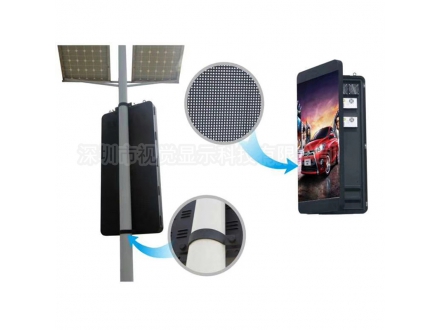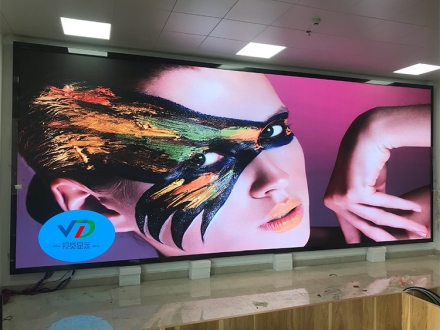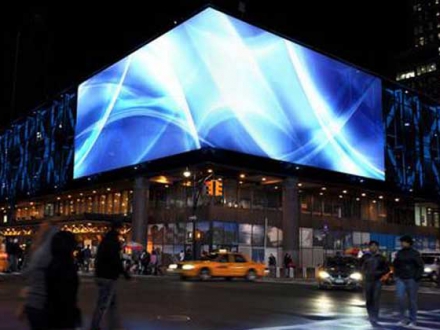The scale of the movie market continues to rise and it is worth looking forward to
According to statistics released by the National Film Administration, there were 1074 new theaters nationwide in 2019. The total number of theaters nationwide now exceeds 14,000. The total number of screens totals 79,900. Compared with the market capacity of 60,000 screens at the beginning of 2018, there are already An increase of nearly 20,000 yuan. As early as the beginning of 2018, the total number of screens in Mainland China has become the world's first with 60,000. North America (the United States and Canada), as the second largest film market, has 42,000 screens. After surpassing North America, the development of the Chinese mainland film market is still at a high speed. This year, nearly 20,000 new screens have been added, and nearly 80,000 screens have been added. The total number of screens tops the world, which is also a record high in Chinese film history. In the past seven years, the average annual growth of 6,800 screens, if calculated on the basis of millions of investment in projection equipment for each screen, this is already a large market of 7 billion-for dedicated display equipment, this is not a small number. In this regard, the LED display industry is also well aware.
However, some people are bound to ask whether this growth rate can be sustained and will the market decline after saturation? In this regard, industry insiders believe that, on the one hand, the film culture in the third- and fourth-tier cities and rural markets has not been fully developed, and there are still many gaps in the market. The number of screens per capita is significantly lower than that of North America and Europe-if the per capita value reaches 7 in the United States. Success, our total screen volume will double. On the other hand, movie screens are not "longevity assets." Even if they look at the paper life of 10 years, the number of screens that need to be updated each year in my country will be between 5,000 and 10,000. Therefore, the film projection equipment market, with an annual scale of 5-10 billion yuan, is very worth looking forward to. Therefore, if a company has a certain new technology that can enter the movie screening market, these companies will always work very hard: for example, Samsung, LG's LED movie screens, etc. LED movie screen, as a new LED screen application segmentation scene, is very worthy of attention.
Competition between domestic and foreign display manufacturers
LED has inherent advantages in large-screen display technology, and is not limited by size. Faced with such a huge market, it is of course impossible for LED display companies to turn a blind eye. From Samsung's point of view, it is undoubtedly an international leader in the LED industry, but at the same time "lags behind the market layout of many domestic brands" in the application of small-pitch LED indoor screens. This makes Samsung expect to break through the bottleneck of the market through "high-end market, high-end technology" and achieve overtaking in corners. High-end technology mainly refers to Micro LED and Mini LED. In the high-end market, movie projection screens are one of the important breakthrough points selected by Samsung. Samsung, which is the first to make the first move, said that by the end of 2020, it will install LED movie screens in 10% of the world's theaters, including the United States, China, Europe, Southeast Asia and other places. In addition to Samsung and LG, Sony is also developing LED displays for theaters.
Now, the cinema system that has always been dominated by laser projection has been torn apart by Samsung, which has proven the feasibility of LED display screens in cinema systems. The huge market behind it will surely become the goal of Chinese LED display companies. And domestic manufacturers Leyard, Unilumin Technology and Alto Electronics are also accelerating their pace of deployment and vigorously expanding the LED movie screen market. Among them, one of the large-scale enterprises revealed that the company has completed the screen design proofing and debugging of the movie screens specifically for the cinema market, and is communicating with partners on technology docking, and is preparing for the review of plans and materials with the DCI laboratory. However, in the first quarter, theaters were affected by the epidemic, and revenue and cash flow fell sharply. In this regard, the company said that the company obtained the qualification in the first half of the year. If the epidemic is controlled, the company will start to promote it in the second half of the year. If the epidemic control continues into the second half of the year, then entry into the cinema market will be delayed.
From the perspective of the overall structure, the global film projection projectors are basically monopolized by Barco and Christie. In addition, the shares of brands such as Sony and NEC are far from them. This pattern is not "very favorable" for the purchase of cinema chains-the competition between the two leading players has limited options. Therefore, from this perspective, cinema companies hope that a "competitive product" will appear. , The appearance of LED movie screens gave them hope. Facing the invasion of “outsiders”, the projection industry’s attempts to use LED displays in the film projection market focused on two viewpoints: On the one hand, the projection product camp is full of confidence and does not think that this market has fundamentally emerged. On the other hand, it is believed that once the LED display screen breaks through the cost, effect and reliability bottlenecks, there will be a "hard battle" between the projection and the LED screen.
Cost has become a "stumbling block" that hinders large-scale advances in movie screens
In fact, the current attitude of the cinema market towards LED movie screens is not based on "LED screen technology, focusing on the promotional features of brightness, HDR, color, etc.", but from "competitive choice". Cost and risk can be considered. Under the premise of control, try new technology products. Therefore, the key that really determines whether the film field can develop on a large scale is the "system cost": an LED large screen system with excellent image quality and continuity is often more expensive than projector products, and is a benchmark model. The theater is not a problem, but for the popular market, whoever has the cost advantage can really occupy the market.
From the perspective of the entire film industry, there are not a few domestic theaters that are newly built or need to be upgraded. Facing the many advantages of LED movie screens, most of them are relatively conservative on the issue of specific introduction. A theater manager also said that “the current price is a big obstacle to the popularization and application of LED movie screens. If domestic brands can enter the market, the price should drop. We also look forward to having our own domestic brands enter.” Some technicians said: It is cautious and optimistic about the popularization and application of LED movie screens. If the price can be reduced significantly, the space is estimated to be not small. If it can be close to the cost of the current projector + screen, I believe many theater owners will choose LED movie screens.
As we all know, the performance and price of LED movie screens, which are mainly subject to the cost of semiconductor light-emitting components such as LEDs, follow "Moore's Law" to a certain extent. Entering will speed up this process. We have reason to expect that LED movie screens will serve as a new form of cinema projection and become the infrastructure for the new business format innovation of cinemas.






